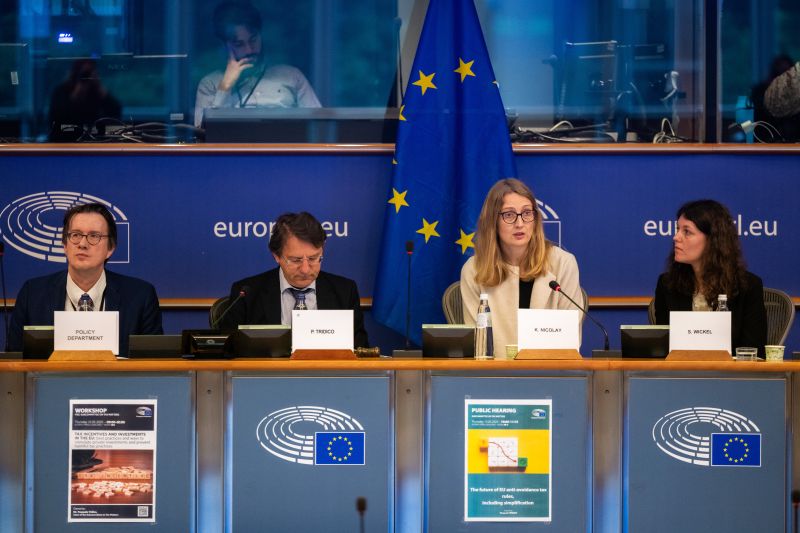News
Recent Study for European Parliament Highlights Effectiveness of Input-Based R&D Incentives
Input-based R&D tax incentives are the most effective in boosting research investment, a recent ZEW report finds. However, the global minimum tax may weaken these incentives across EU Member States. These insights were presented by Katharina Nicolay and Sophia Wickel on 15 May 2025 in the European Parliament’s FISC Committee. The report is co-authored with Christoph Spengel, Jost Heckemeyer, and Daniela Steinbrenner.
The study assesses the effectiveness of (R&D) tax incentives, analyses design options and the interaction of tax incentives with Pillar Two, and identifies best practices in designing and implementing tax incentives to effectively stimulate private investment.
Among the key findings:
- Input-based tax incentives consistently prove to be the most effective in stimulating additional R&D investment and generating broader economic benefits.
- Under Pillar Two, investment incentives could be diminished by the top-up tax; however, accelerated depreciations and qualified refundable tax credits (QRTCs) are less affected.
- A well-balanced tax incentive design should incorporate broad eligibility, targeted scope, simplicity, timely liquidity, and streamlined administration.
- Volume-based, refundable tax credits that are offset against payroll taxes or social security contributions and have a broad scope represent a best practice.
Study “Tax Incentives and Investments in the EU”


